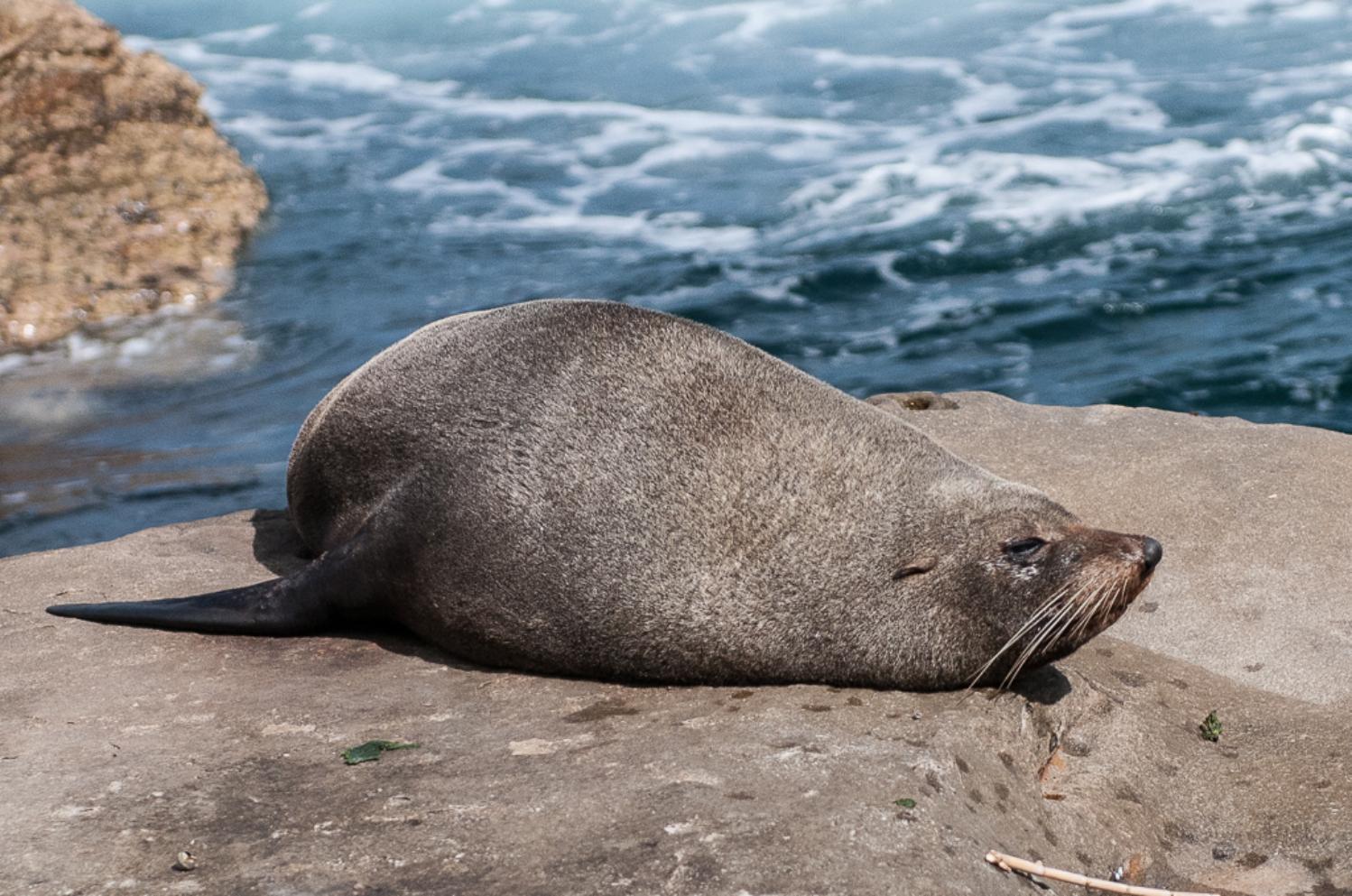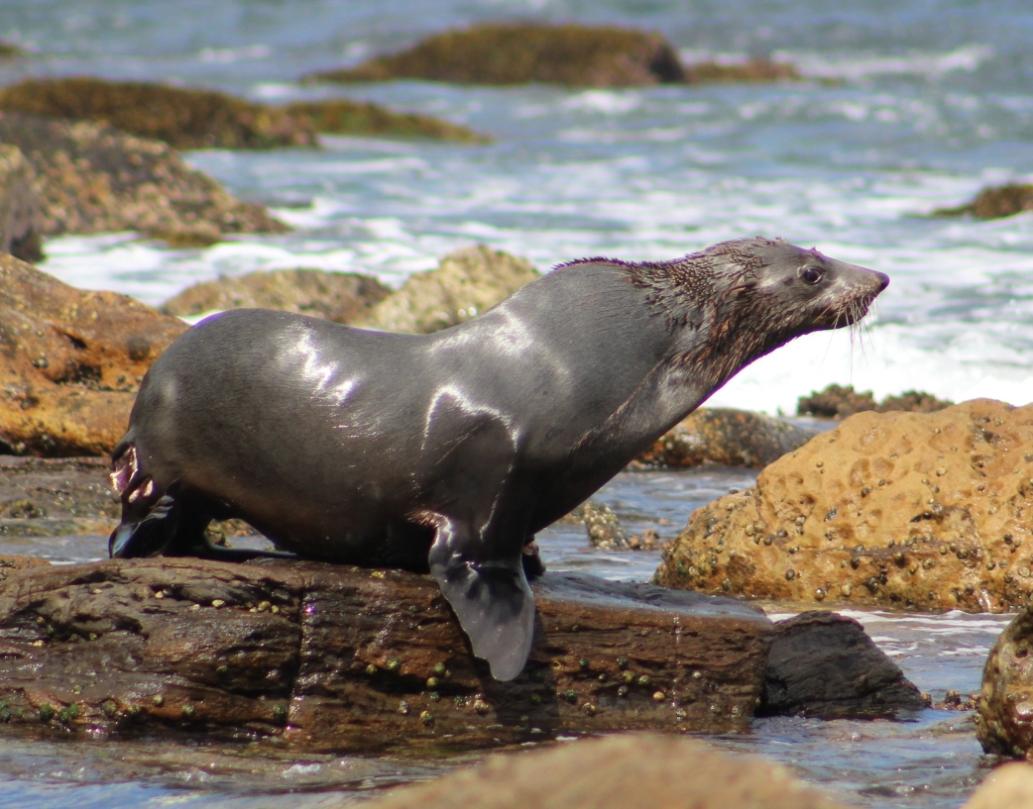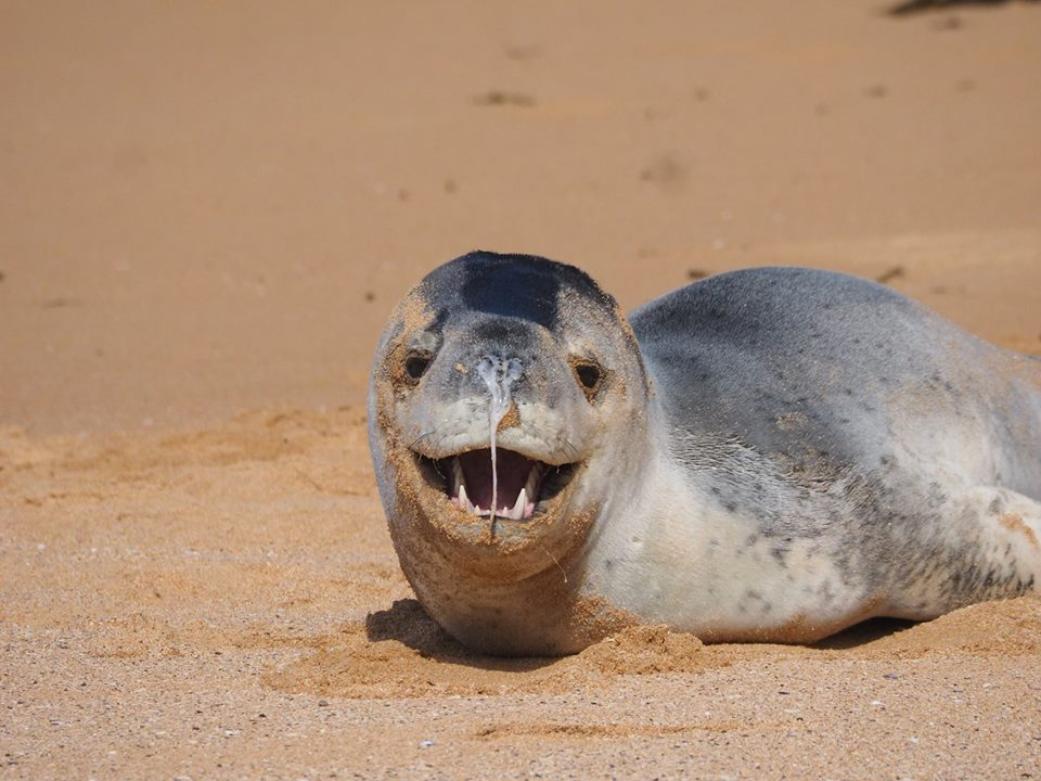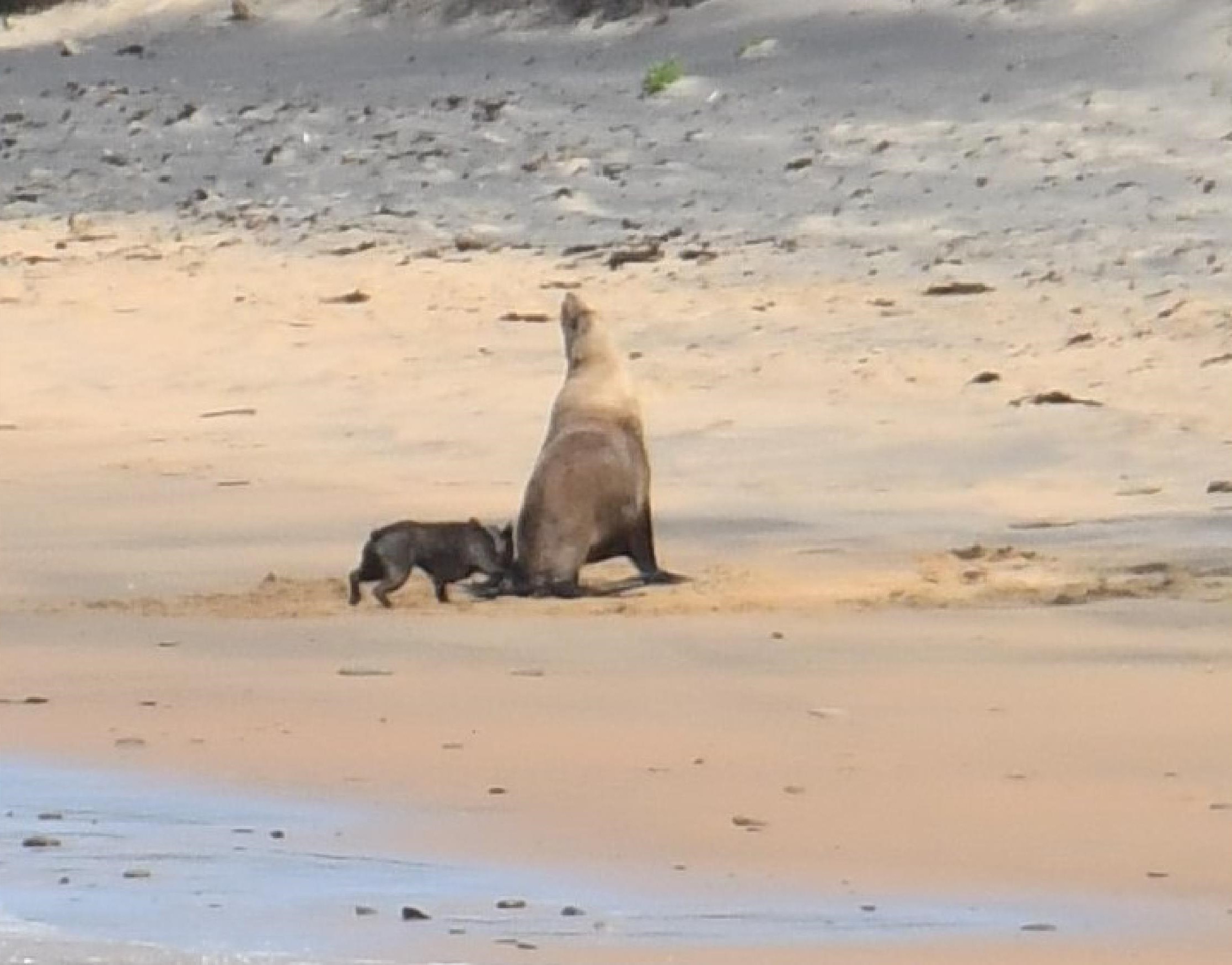Seals Hauling Out Along Our Beaches: Register these on the NSW Haul-out, Call-Out seal survey
Residents have reported seals hauling out during recent storm activities, with the latest being monitored at Newport beach by ORRCA volunteers. Others have seen another at Dee Why.
ORRCA states:
''We’re currently receiving a high number of calls regarding seal haul-outs, a normal and natural behaviour for these beautiful marine mammals. Along our east coast, it’s common to see Australian Fur Seals and Long-Nosed Fur Seals at this time of year.
Seals come ashore to rest, recover, or simply soak up some sun. While it might be tempting to get closer, it’s important to give them plenty of space. They don’t need to be encouraged back into the water. In fact, coming ashore is a healthy part of their routine.
While they might look like “sea puppies”, seals are wild animals - unpredictable, reactive, and capable of carrying zoonotic diseases.
In most cases, they just need time and space to rest. But if a seal appears unwell, injured, or is in a high-traffic area (like a place where dogs are allowed on a beach), please call our 24/7 Rescue Hotline on (02) 9415 3333. Our trained responders will assess the situation and provide support as required.''
The NSW Department of Planning and Environment states that if a seal comes towards you, you must move back to the minimum approach distance.
The Department's rules are:
Approaching a seal when it is in the water
Seals are agile swimmers with strong flippers. When a seal is in the water you must keep at least:
- 10 metres away from the seal
- 80 metres from a seal pup
- 100 metres for a drone
Approaching a seal when it is hauled out on land
Seals haul out to rest after foraging at sea. If a seal feels threatened, it may show aggression by yawning, waving its front flipper or head, or calling out. Seals are very agile and can move fast on land, using all 4 limbs to run. When a seal is hauled out on the land you must keep at least:
- 40 metres away from the seal
- 80 metres from a seal pup
- 100 metres away from the seal for a drone.
Vessels watching seals resting on the rocky shore must also keep back 40 metres or 80 metres if a pup is present. Limit the time you spend watching because it can be stressful for them. It is likely you are not the only vessel to approach them that day.
The news service would also suggest you contact council as they will want to monitor what's going on and work in concert with any registered carers to ensure the safety of any of the seals that live here as well as residents and visitors.
Haul-out, Call-Out seal survey
The NSW Department of the Environment is interested in understanding where Australian and New Zealand fur seals are hauling out along the NSW coastline.
Haul-out, Call-out is a place to report your fur seal sightings as part of the Seabirds to Seascapes Project.
How you can help
As a citizen scientist, your participation in the survey to identify key hotspot locations for these fur seals is crucial. Here’s why:
- Conservation efforts: Australian fur seals are listed as vulnerable under the Biodiversity Conservation Act. By getting involved, you directly contribute to safeguarding their habitats and populations.
- Data collection: your sightings will complement drone surveys along the NSW coastline. This data provides insights into fur seal population densities and their preferred breeding habitats, informing marine conservation initiatives in New South Wales.
- Long-term survival: understanding fur seals’ health and breeding behaviours is critical. Your reports help researchers develop targeted conservation measures to support their populations.
- Mitigating conflicts: by understanding their habitat preferences and behaviours, we can reduce disturbances and minimise negative interactions between humans and seals, promoting coexistence in shared environments.
Your role matters. As a citizen scientist, your contributions directly protect and conserve Australian and New Zealand fur seals and their marine habitats. Join them in making a difference for these vulnerable species and the marine ecosystems they inhabit.
Seals are vital to healthy marine ecosystems, but they face growing pressures from human activity. The survey helps inform critical marine conservation initiatives in New South Wales by learning more about where seals gather and how they live. This information is crucial for effectively managing fur seal populations, including mitigating risks of human and seal interactions.
Readers may remember the seal pup rescued at Newport and named 'Narrang' which was rehabilitated by Taronga Zoo, and re-released, returned to our area in October 2023.
Go to the Haul-out, Call-Out seal survey to record the seals you see on our beaches.
You can also see on this map the amount of seals that live in our area and visit every beach along the Barrenjoey to Manly peninsula.




Dog attacking formerly resting seal at Long Reef Aquatic Reserve in November 2020 - a No Dogs area. Photos supplied